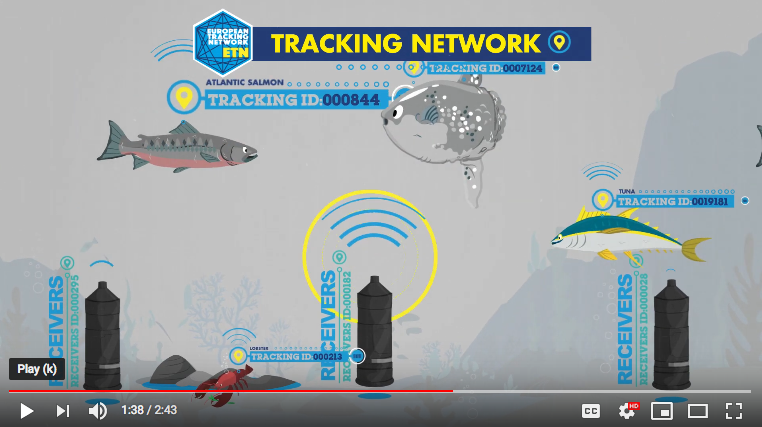MEASURES - How do we get information from the sturgeons released in the project?
27-11-2020
In the MEASURES project, almost 9000 sturgeons were released since the beginning of the project. How do we get information from these fish? By marking them.
While on land, for big mammals, we would use GPS collars, in the water, things are more difficult and fish much smaller. But so are the tags.
A coded wire tag (CWT) like the one used during our first sturgeon release is as thin as a single hair, which goes under the skin. However, on this small tag, a code is written with a laser and, once extracted, can offer scientists valuable information if the fish is caught again.
The 1 yo sterlets released earlier this year in Hungary by NAIK-HAKI were tagged with T-bar plastic anchor tags (yellow), to enable identification in case of recapture by in-situ surveys, or anglers.
The Russian sturgeons released in Romania by DDNI Tulcea were previously individually marked with PIT (Passive Integrated Transponder) microchip marks, similar to those used for dogs or cats. These PIT tags act as a “lifetime barcode for an individual animal” and are dormant until activated, so no batteries are needed. To read the tag, you need a scanning device with a special reader.
The sturgeons released on World Fish Migration Day have FloyT Tags or spaghetti tags. "Each sturgeon has an external mark with the name of the project and the telephone number where the accidental capture of a sturgeon can be reported. " - Marian Paraschiv, DDNI Tulcea.
Another way would be acoustic telemetry: tracking animals from a distance, using sounds. However, this is much more expensive and is mostly reccomended for larger fish than the ones we released in the MEASURES project. You can see how this type of tagging works in this video from the European Tracking Network.
In the end, no matter how fish are tagged, the they can give us when they are recaptured is very important: we can measure the success of the restocking effort, the state of the wild fish population, that of the environment, and most importantly find out crucial information about the continuity of ecocorridors.

